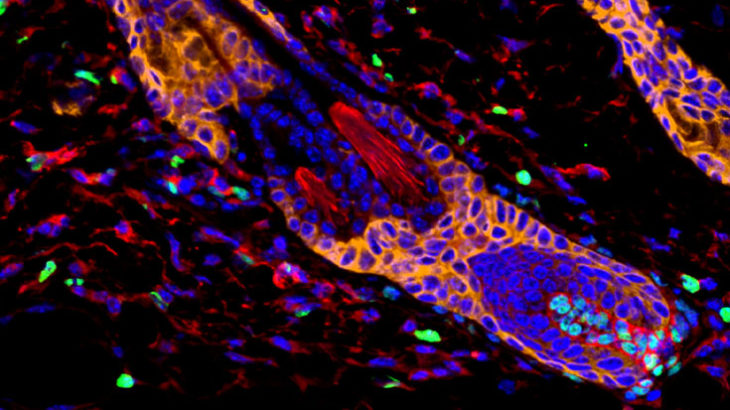Spotlight On: Nikon Imaging Centre

Each month we post a new edition to the SES ‘Spotlight On…’ series, showcasing equipment at our institutions, providing information and case studies for interested researchers/industries, and promoting better use of already available equipment.
The Nikon Imaging Centre at King’s College London (NIC@KCL) is one of nine such facilities world-wide aimed at providing access to cutting edge light microscopy instrumentation for researchers. The NIC@KCL is supported by a scientific director (Prof Maddy Parsons) and three permanent staff members (Dr Daniel Matthews , Miss Isma Ali and Dr Ben Robinson ) who provide training, support day-to-day usage and maintain the instrumentation to a high-standard of performance. The NIC@KCL currently houses ten microscopes allowing us to provide the most popular methodologies used in light microscopy today. The current instruments are:
- Four confocal microscopes – out-of-focus light is rejected using a spatial filter allowing high-contrast, high-resolution reconstruction of 3D structures within a sample. These highly flexible microscopes can be used with a wide variety of samples (single cells to complex 3D sample preparations) and a wide range of fluorescent markers. Three of the four systems are set-up for imaging live samples and two systems are capable of acquiring at 100’s of frames per second.
- Three wide-field instruments – setup primarily for live cell imaging, these microscopes can image samples using both fluorescence and transmitted light (brightfield, phase and DIC) as contrast mechanisms. These are fully motorized systems enable imaging 5D (time, 3D position and colour) and can used to image a wide variety of samples.
- Multi-photon imaging system – equipped with a Coherent Chameleon infra-red tunable laser, to provide optical sectioning (similar to a confocal microscope) enabling imaging of 3D structures, at depths of up to 1mm (depending on the sample).
- Two super-resolution microscopes – allow fluorescence imaging at resolutions beyond the diffraction limit of a standard microscope. A doubling of resolution is achieved using structured illumination microscopy (SIM) whereas an order of magnitude improvement can be achieved using stochastic optical reconstruction microscopy (STORM) allowing imaging at the ultra-structural level.
Current Research:
The Nikon Imaging Centre provides light microscopy facilities and imaging support for a wide variety of biomedical research programmes across King’s. Research teams in the areas of immunology, neuroscience, cancer studies, cardiovascular and infectious diseases as well as basic cell and developmental biology are all currently active users across all the systems within the NIC.
Who has access?
All King’s College London researchers, and occasionally researchers external to King’s.
“The Nikon Imaging Centre is a core facility for light microscopy developed in partnership between King’s College London and Nikon Instruments UK. We aim to provide access to cutting edge optical microscopy technology, expert training and day-to-day support for researchers across King’s as well as workshops for PhD and masters students”
Dr Daniel Matthews, Nikon Centre Manager
Potential relevant disciplines:
Light microscopy
Links:
Contact:
Daniel Matthews
Maddy Parsons

